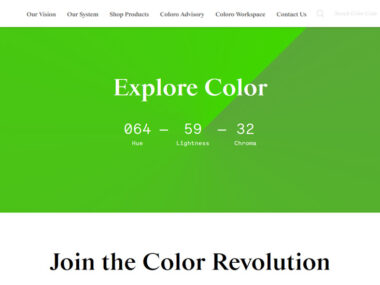Standardisation and norming are important building blocks of our economic system, because without them we would sink into cost-intensive chaos in the world of units of measurement, screws, plugs, technical components.... Every manufacturer would try to implement his solution in submarkets. If there were a winner, he would impose his standard on all of us.
Of course, this is not what is meant by the above demand for standardisation, because once a provider is a monopolist, it will dictate its prices to customers and the quality of its standard need not be high either. Meaningful, beneficial standardisation can only come from the public side and must be copyright and licence-free as common property.
In the world of paint, this realisation has unfortunately not prevailed. In every DIY store, you can marvel at how numerous suppliers vie for the favour of customers with their own systems. Walls full of colour samples are not gifts, but expensive advertising whose shelf space and production costs we pay for through the price of the paints.
There is now a quasi-monopoly in the field of special printing inks.
It is time for a sensible and contemporary alternative standard. We see this in the CIELAB colour space, a mathematical colour definition that is open and licence-free, freely calculable, infinitely variable, perceptually structured, widely used and (as HLC) easy to understand - thus meeting the requirements of today. The marketing of the providers who sell their self-made and not freely calculable solutions (because only such solutions are protectable) is of little use.
With CIELAB, colour would really be free!




